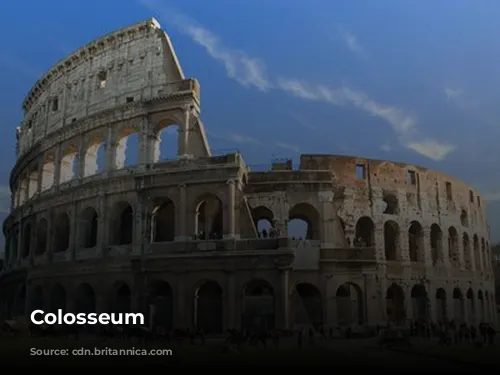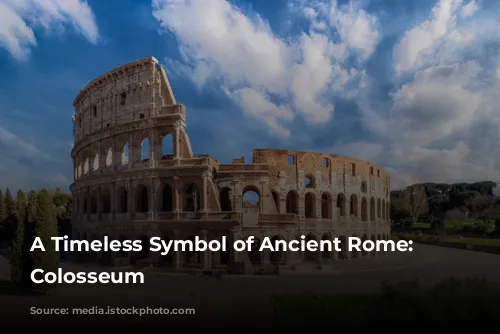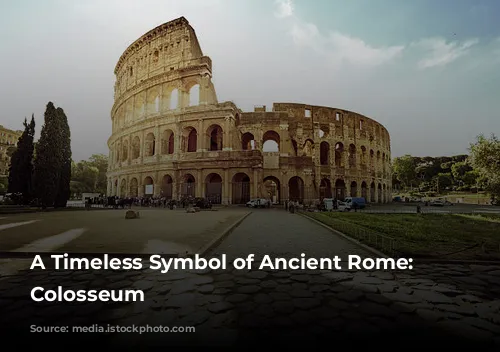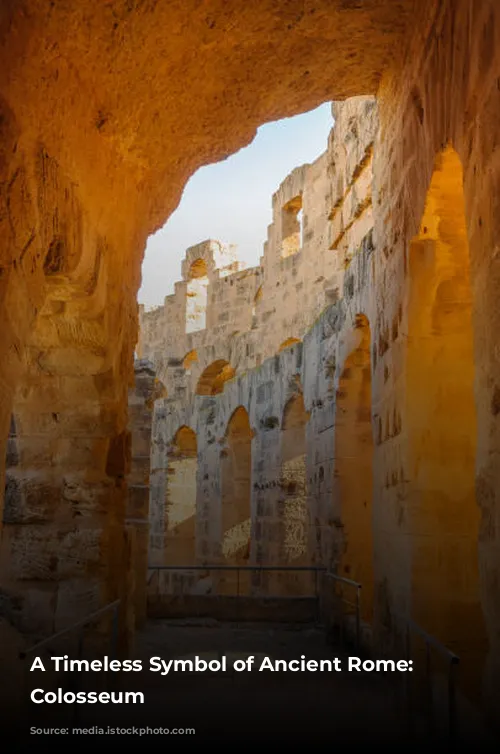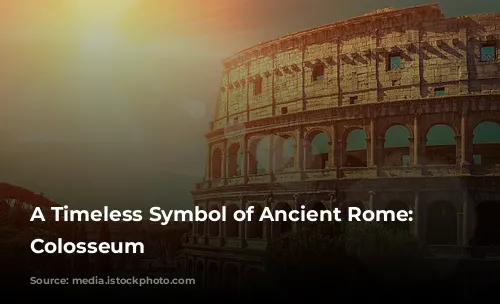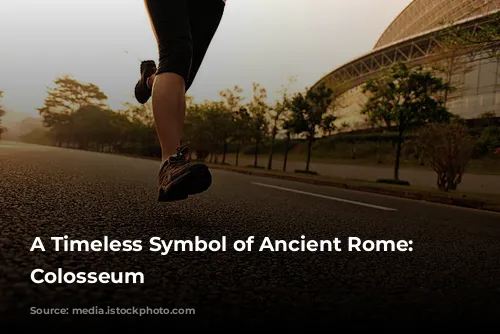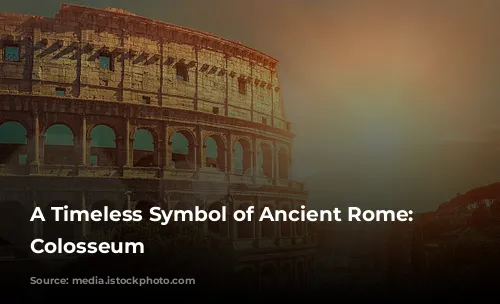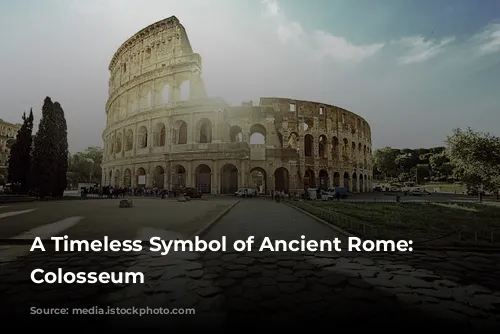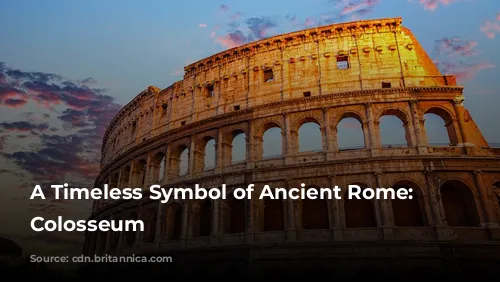The Colosseum, a majestic amphitheater built in Rome during the Flavian dynasty of the Roman Empire, stands as a testament to the architectural and engineering brilliance of the ancient world. This iconic landmark, also known as the Flavian Amphitheatre, continues to captivate visitors from around the globe. Its grandeur, despite the passage of time and the ravages of history, is a powerful reminder of the Romans’ ingenuity.
A Monument of Entertainment and Power
The Colosseum’s construction began under Emperor Vespasian between 70 and 72 CE, a period of rebuilding and renewal for Rome following the tumultuous “Year of the Four Emperors.” The Colosseum, like other amphitheaters of the time, was meant to be a hub of entertainment, hosting gladiator contests, animal hunts, and even mock naval battles – spectacles that captivated the Roman populace.
From Construction to Dedication
The finished structure was dedicated in 80 CE by Vespasian’s son and successor, Emperor Titus. A grand celebration marked the occasion, featuring 100 days of continuous games and festivities. The Colosseum’s fourth story was later added by Emperor Domitian in 82 CE, further enhancing its grandeur. It’s worth noting that the funds for the Colosseum’s construction came from the spoils of war – the plunder from Titus’s conquest of Jerusalem in 70 CE. This historical connection adds a layer of complexity to the Colosseum’s narrative, reflecting the intertwined threads of power, conquest, and spectacle in ancient Rome.
A Masterpiece of Roman Engineering
The Colosseum is a marvel of architectural engineering, standing tall as a freestanding structure of stone, concrete, and tuff. It measures an impressive 620 by 513 feet, and its four stories, adorned with Doric, Ionic, and Corinthian columns, create a visual symphony of architectural styles. The Colosseum’s design, with its intricate system of barrel vaults and groin vaults, allowed it to accommodate up to 50,000 spectators.
A Legacy of Spectacle and Change
The Colosseum witnessed a vast array of events, from gladiatorial combats to thrilling animal hunts. Its massive retractable awning, the velarium, protected spectators from the sun, showcasing the Romans’ ingenuity in creating a comfortable viewing experience for their massive crowds. However, the Colosseum’s history is not without controversy. While there is no definitive evidence, some believe the arena was also the site of early Christian martyrdoms.

From Glory to Neglect and Rebirth
The Colosseum’s fortunes took a dramatic turn after the fall of the Western Roman Empire. It fell into disrepair, used first as a fortress by the Frangipane and Annibaldi families, and then as a quarry by Pope Alexander VI in the 15th century. This period of neglect lasted for over a thousand years, leaving the Colosseum in a state of ruin. However, the 19th century saw a renewed interest in preserving the Colosseum, with notable efforts led by Pope Pius VIII. Finally, in the 1990s, a major restoration project breathed new life into this ancient monument.

A Timeless Icon: The Colosseum Today
Today, the Colosseum stands as one of Rome’s most popular tourist attractions, drawing close to seven million visitors each year. It’s a powerful symbol of ancient Rome’s enduring legacy, reminding us of the grandeur of its architecture, the spectacle of its entertainment, and the enduring allure of its history.
The Colosseum is more than just a relic of the past; it’s a testament to human ingenuity, a reminder of the power of spectacle, and a symbol of the enduring fascination with ancient Rome. As we look at this magnificent structure today, we are transported back in time, imagining the roars of the crowd, the clash of steel, and the spectacle that once unfolded within its walls. The Colosseum’s story continues to unfold, as it stands as a beacon of history and a testament to the power of human creativity and the enduring appeal of the ancient world.
